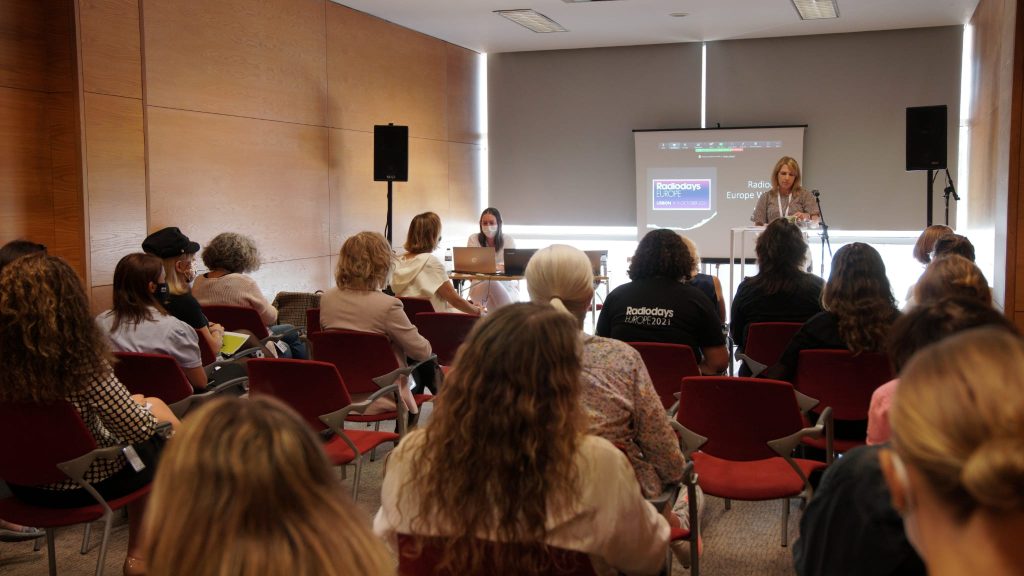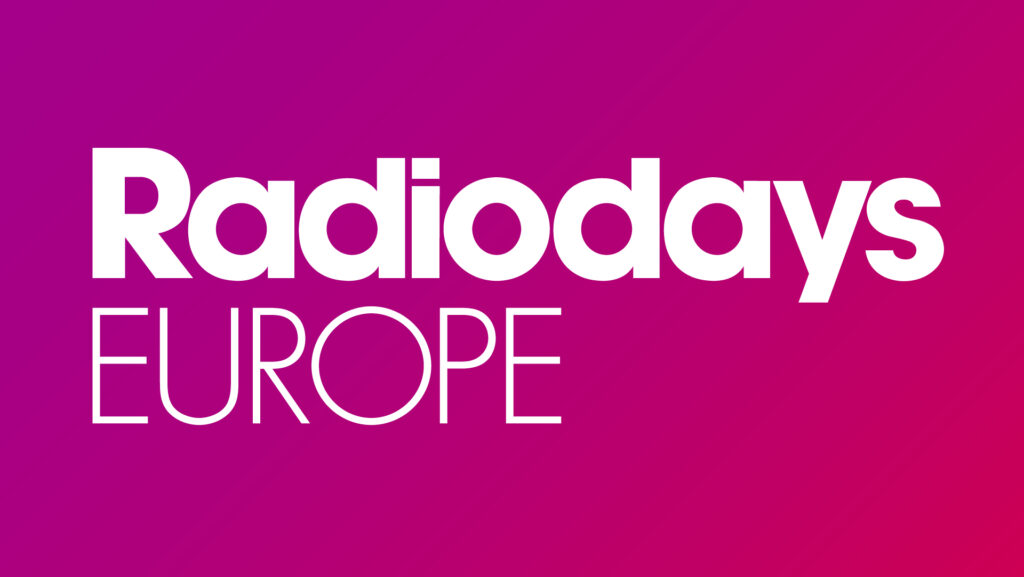Teresa Fragoso, the first speaker of the afternoon, highlighted that only 1 in 4 people represented in the media is a woman. Therefore, women journalists, hosts and interviewees are less likely to be seen or heard about in the media, around the world. Fragoso points out that, although there has been an effort to change, inequality is based on gender norms that are “under our skin”.
Media groups have to strive to achieve representation of women, and also make the step forward to include minority groups. The roundtable was open and Carla Caracol, Helena Bremberg, Anne-Marie Dohm and Niina Jookiaho shared their experience as executives. In some countries, the companies struggle to find members of diversity groups interested in or qualified to be hired for media jobs. They try to motivate more people to gain the passion for the field.
An example of success in making communications more inclusive is DR P3, the Denmark public service radio where speaker Augusta Glahn-Abrahamsen works and revolutionized. After asking the question of why people should bother fixing the gap between female and male artists’ representation, she realized that the answer is not complex. Women are not a minority, they make up 50% of the population. As she states, it is “a massive waste of talent” for which she couldn’t find a valid reason.
The speakers agree that you have to acknowledge your own flaws to be able to change. Evie Omirou shared how she changed her beloved radio broadcast to engage the whole of Cyprus by understanding the listener’s needs and adapting to it. As Catarina Carvalho (Mensagem de Lisboa) and Filippo Solibello (Rai Radio2) stated, you can make journalism for real people when you leave your bubble.
Written by Beatriz Figueira and Michelle Coelho



